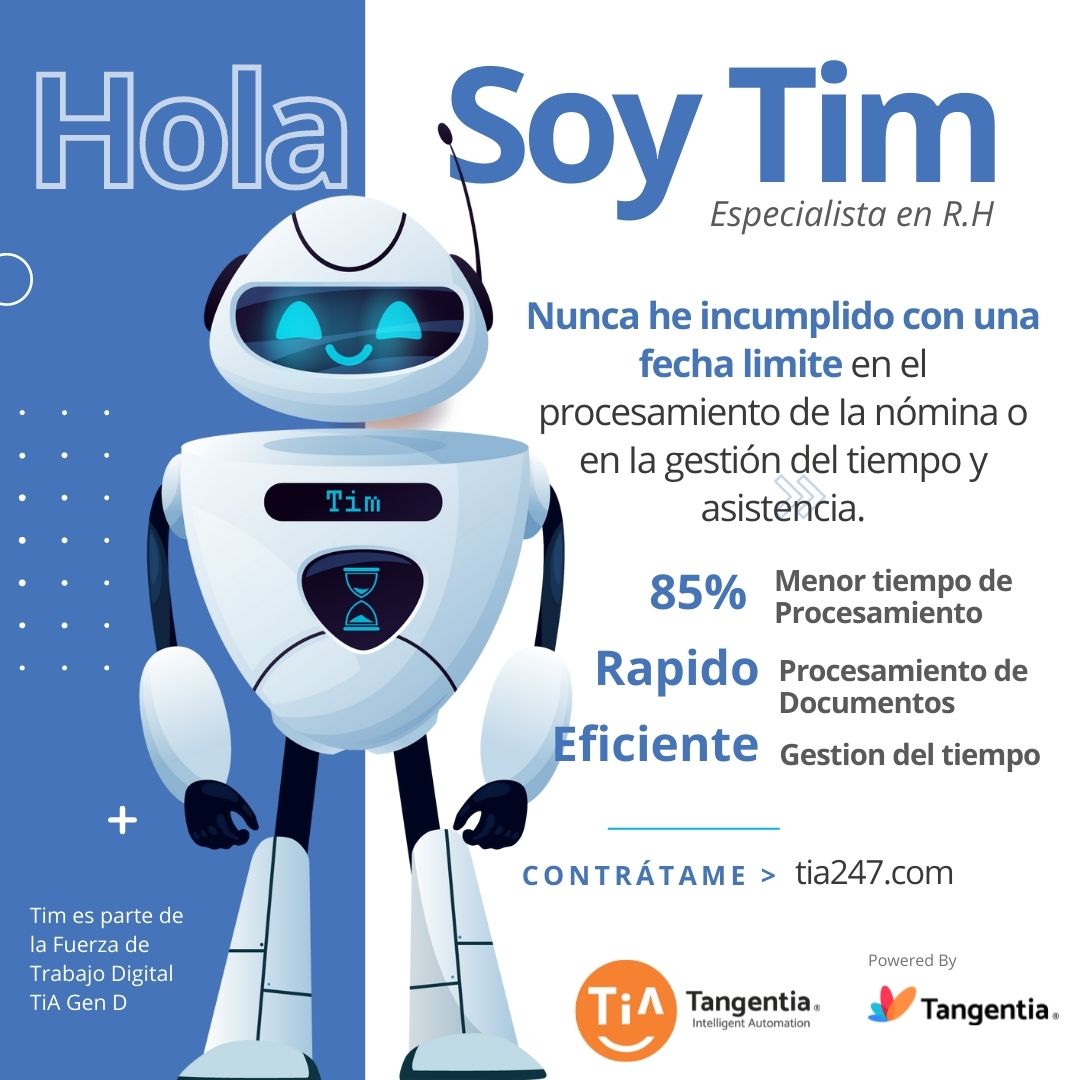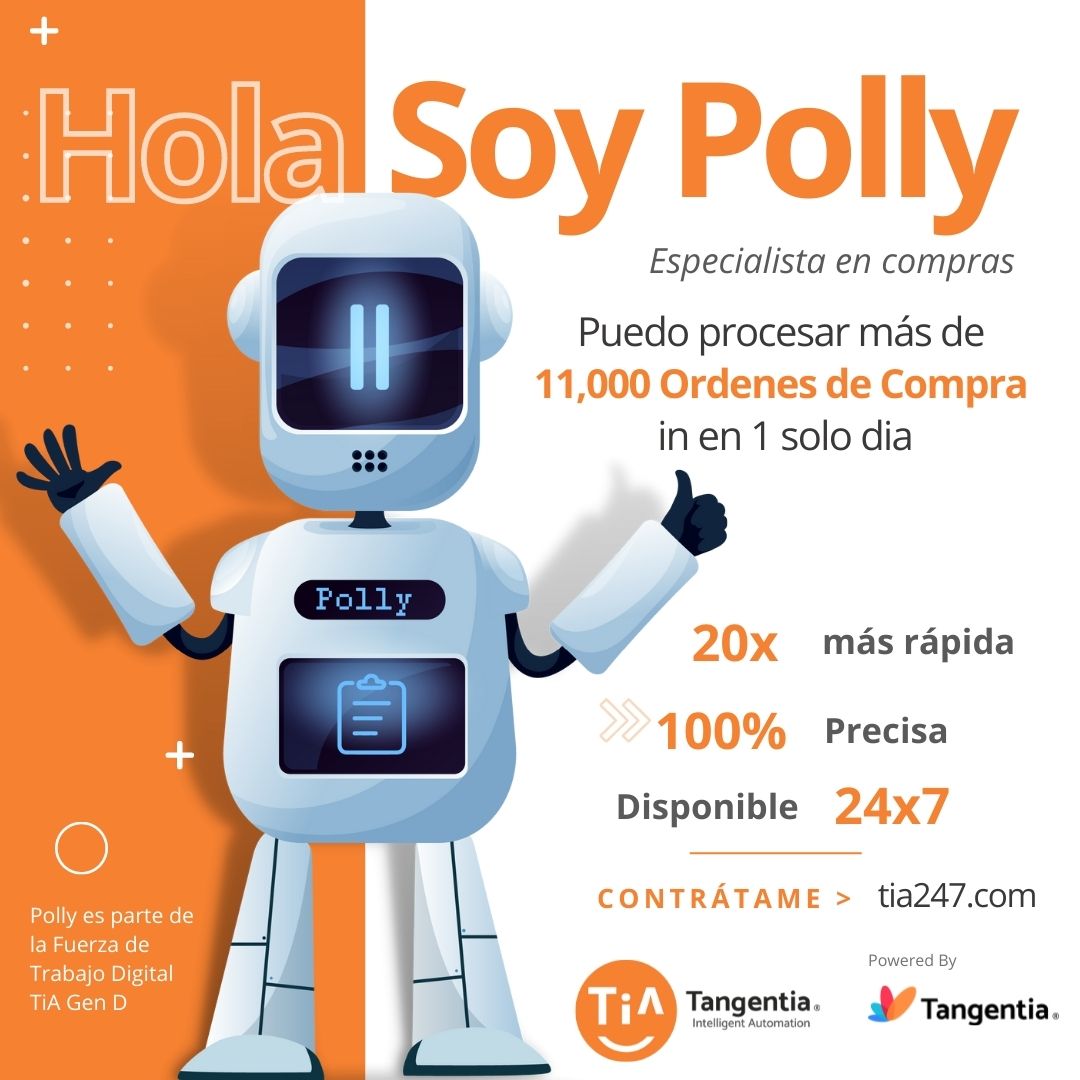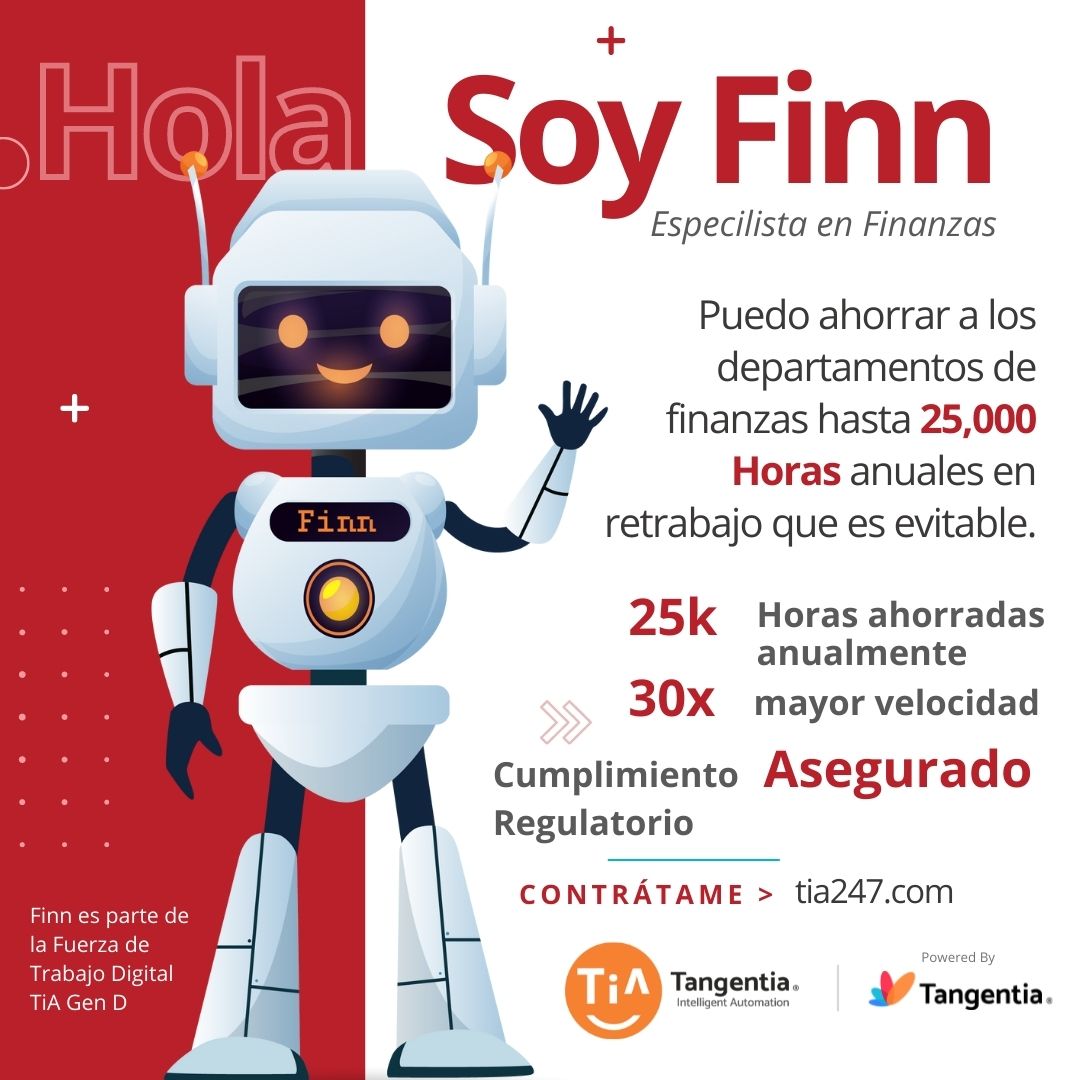The Future of Work Starts Here. Utilize Intelligent Automation to Accelerate your Digital Transformation.
Tangentia a global services and implementation partner for Automation Anywhere. We work with companies of all sizes in a variety of industries to help them improve inefficiencies, automate tedious tasks and drive more value out of their processes.
Build a Digital Workforce with Automation Anywhere
Automation Anywhere is an enterprise-grade RPA solution that can expedite your pathway to implementing powerful AI technologies. Tangentia can simplify the process of implementing and configuring your Automation Anywhere solutions, help you build a powerful Center of Excellence (COE) for your company, and provide the training and support your teams need.
Get a free Proof Of Concept
Sign up for a free POC worth $5000 for Tangentia's TiA implementation. Book a discovery call with us today to find out more about what Tangentia Intelligent Automation solutions can do for you.
Build Bots in Minutes
Design and implement bots in minutes on Windows, MacOS and Linux using an intuitive and user-friendly drag and drop builder that supports all skill levels.
Unparalleled Security
Enjoy bank-grade encryption data protection by enforcing fine-grained role-based access control (RBAC) at scale to ensure you meet stringent governance and compliance requirements.
Robust AI Capabilities
Use a task bot, meta bot and IQ bot to implement a bot based on the requirements and complexities of a process to run end-to-end automated business tasks.
Lower IT Demand
Quickly automate business processes, share codes across systems and view analytics using rapid deployment, a plug-and-play model and instant scalability.
Our Automation Anywhere Capabilities
Meet Our Digital Workers
Our Mexican Presence
We work with Mexican organization and businesses across all the major cities
A Proven Partner for Implementation, Delivery and Migration
Tangentia is one of 20 initial Automation Anywhere Verified Services Partners globally. In order to qualify for the Verified Services Partner Program, a company must meet several requirements:
- Demonstrate core technical competencies in RPA
- Hold the necessary Automation Anywhere certifications
- A proven track record of successful customer automation projects
In addition to delivering solutions utilizing Automation Anywhere Tangentia has built their own platform TiA (Tangentia Intelligent Automation), which harnesses the power of Automation Anywhere to deliver robust industry accelerators to enable the best automation practices for clients globally. With TIA clients can cut their journey to automation in half and start seeing ROI quickly.














